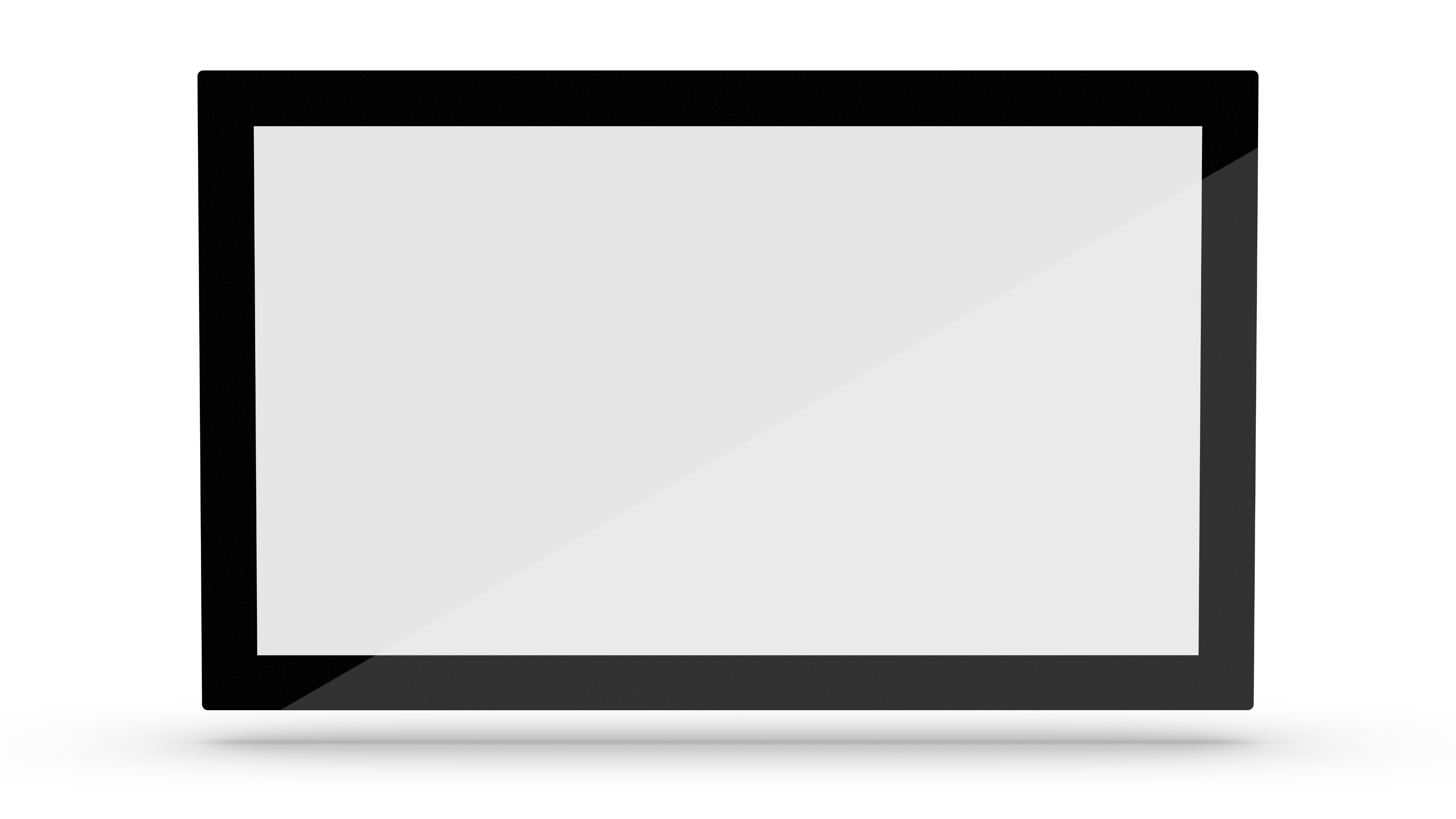Capacitivo Tecnologia Touchscreen capacitiva
PCAP (Projected Capacitive) touch screens have revolutionized how we engage with devices, offering precise and responsive touch experiences. As a product owner or industry professional, knowing the intricacies of this technology can help you make informed decisions. Interelectronix has extensive experience in this field, providing insights into the two main categories of capacitive touchscreens: Surface Capacitive and Projected Capacitive. This post will delve into the specifics of each type, their advantages, and how they can be utilized in various applications.
PCAP Touch Screen Capacitive Technology
Capacitive touchscreens are broadly classified into Surface Capacitive and Projected Capacitive technologies. These two types differ in their construction and operational mechanisms but share the common feature of not requiring physical pressure to detect touch. This fundamental aspect allows for a more seamless and responsive user experience.
Surface Capacitive Touch Systems
Surface capacitive touchscreens are constructed with a simple yet effective design. An ITO (Indium Tin Oxide) layer is applied to the front of the touch sensor, creating a uniform electric field across the screen. This ITO layer is a transparent conductive film that interacts with the user's touch. When a finger contacts the screen, a small charge transfer occurs, altering the electric field. This change is detected and processed to determine the exact location of the touch.
Surface capacitive systems are known for their durability and are less susceptible to surface wear and tear. This makes them suitable for applications in harsh environments where longevity and reliability are critical. However, these screens may have limitations when it comes to multi-touch functionality and operation with non-conductive gloves.
Projected Capacitive Touch Systems
Projected capacitive touch systems represent a more advanced technology in the capacitive touchscreen realm. These systems use two layers of ITO-coated glass, with one layer acting as a sensor and the other as a driver. The sensor layer detects changes in capacitance caused by the touch of a finger, even through protective glass.
The unique aspect of projected capacitive technology is its ability to support multiple touch points simultaneously. This multi-touch capability is crucial for modern applications that require gestures and complex touch interactions. The technology also allows for operation with thin latex or conductive gloves, making it versatile for various environments, including medical and industrial settings.
Advantages of Capacitive Technology
Capacitive touchscreens offer several advantages that make them a popular choice across different industries. One significant benefit is the responsiveness and sensitivity of the touch detection. Unlike resistive screens, which require pressure, capacitive screens detect the mere presence of a finger, enabling faster and more accurate input.
Another advantage is the durability and low maintenance of capacitive screens. The absence of moving parts and the resilience of the glass surface contribute to a longer lifespan. Moreover, surface contaminants like dust and dirt do not affect the screen's functionality, making these touchscreens ideal for public use and outdoor applications.
However, it's important to note the limitations of capacitive screens, particularly when it comes to glove use. Thick or non-conductive gloves can impede the touch detection process, although this can be mitigated by using gloves designed for capacitive screens.
Why Interelectronix?
At Interelectronix, we understand the intricacies of capacitive touchscreen technology and its applications across various industries. Our expertise lies in providing tailored⬤
